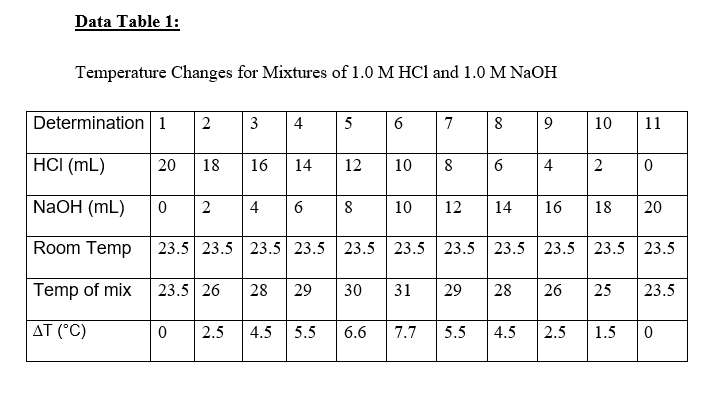How can we determine ΔH for the reaction between HCl and NaOH from the experimental results if we know that the specific heat of water is 4.184 J/g-K, and that the density of water is 1.00 g/mL?
Thermochemistry
Thermochemistry can be considered as a branch of thermodynamics that deals with the connections between warmth, work, and various types of energy, formed because of different synthetic and actual cycles. Thermochemistry describes the energy changes that occur as a result of reactions or chemical changes in a substance.
Exergonic Reaction
The term exergonic is derived from the Greek word in which ‘ergon’ means work and exergonic means ‘work outside’. Exergonic reactions releases work energy. Exergonic reactions are different from exothermic reactions, the one that releases only heat energy during the course of the reaction. So, exothermic reaction is one type of exergonic reaction. Exergonic reaction releases work energy in different forms like heat, light or sound. For example, a glow stick releases light making that an exergonic reaction and not an exothermic reaction since no heat is released. Even endothermic reactions at very high temperature are exergonic.
How can we determine ΔH for the reaction between HCl and NaOH from the
experimental results if we know that the specific heat of water is 4.184 J/g-K, and that the density of water is 1.00 g/mL?

Given: Experimental data
Specific heat of water= 4.184 J/g-K
Molarity Of HCl= 1M
Molarity of NaOH= 1 M
Density of water = 1g/ml
To find: ∆H of the Reaction
Solution: According to the formula we can say that
Q=mc∆T
Where Q is amount of heat or ∆H of Reaction in above case.
m is mass
C is specific heat.
∆T is the temperature .
Number of moles can be defined as the ratio of given mass to that of the molar mass. Number of moles can be calculated by using the formula as shown below:
n=m/M
Where n is no. Of moles
m is given mass
M is molar mass. Molar mass is the sum of atomic masses of each element present in that compound.
When HCl is reacted with NaOH , the product formed are NaCl and H2O. NaCl is the main product and H2O is the by product. So the NaCl will depend on the reactant which is in less amount and water will depend upon the excess reagent .
Trending now
This is a popular solution!
Step by step
Solved in 2 steps with 1 images






